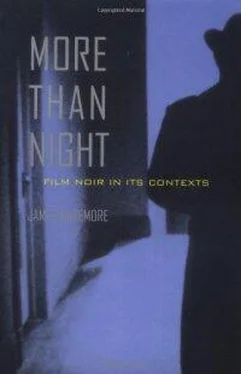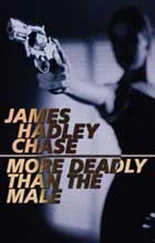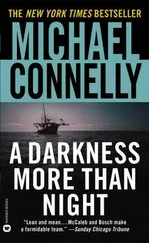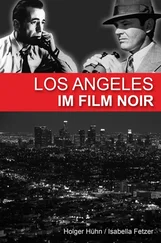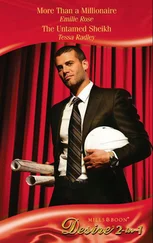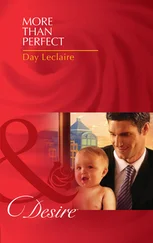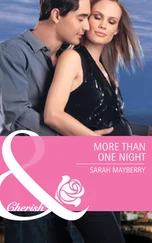For my own part, I would note that two of the most impressive African-American movies about crimeCharles Burnett's Glass Shield (1995) and Carl Franklin's Devil in a Blue Dress (1995)avoid black nationalism and the new music almost completely. In most respects, these pictures are quite different from one another: The Glass Shield is a low-budget feature based on the true story of the first black sheriff's officer in L.A. county's notorious Edgemar station; Devil in a Blue Dress is a twenty-million-dollar adaptation of Walter Mosley's best-selling 1990 private-eye novel, featuring star-performer Denzel Washington, who co-produced the film with the assistance of Jonathan Demme and other important Hollywood names. What the two movies have in common is a high degree of artistry, plus a tendency to refigure or transform the familiar patterns of noir. Both did relatively poor business in their initial theatrical release, but they remain worthy of serious attention.
The Glass Shield reverses the rogue-cop formula by centering on an idealistic young officer who is assigned to a rogue unit. The basic plot situation recalls Sidney Lumet's Serpico (1973), but Burnett's approach is expressionistic, bringing us much closer to the look of historical noir. The Glass Shield also has something in common with Mike Figgis's entirely fictional Internal Affairs (1990), which pits a group of honest police detectivesa Latino, a lesbian, and a black managainst a corrupt white officer and his well-armed colleagues. Internal Affairs, however, is a slickly produced "psychological" thriller dealing with kinky sex and an exchange of guilt between a Latino good guy and a white bad guy. The Glass Shield shows no interest in doppelgangers, and it never indulges in subtly pornographic "entertainment values." Moreover, its austere, beautifully controlled technique makes Figgis's far more expensive production seem as empty as a magazine ad.
Burnett's protagonist, John Johnson (Michael Boatman), is a token black policeman who undertakes his job at Edgemar with a youthful ardor. Even so, his colleagues treat him coolly or contemptuously. His only friend is Deputy Fields (Lori Petty), a former law student from Minnesota, who encounters abuse not only from the other officers but also from people on the street. Johnson and Fields quickly become disillusioned, and at virtually the same moment they realize that the station as a whole is guilty of excessive violence. The uniformed patrol unit, known as the "Rough Riders," has a reputation for beating criminals; two officers are being sued for wrongful death in a recent case; and when Johnson is called to the scene of a robbery, he is ordered to stand outside a building while a group of club-wielding police and their attack dogs converge on an unarmed suspect in an empty room. Johnson himself participates in the dubious arrest of Teddy Woods (Ice Cube), a young black man who is stopped and searched without probable cause. and Johnson's involvement in this case leads ironically to his expulsion from the force. In the film's closing shot, we see him standing outside a courthouse with his fiancée, bashing a fist through his car window in frustration.
The Glass Shield nevertheless holds out some hope for justice. Moreover, unlike many examples of classical film noir, it treats Johnson's family not as a locus of repression but as a relatively calm center of love and dignity. In a 1989 essay, "Inner City Blues," Burnett places strong emphasis on this theme, denouncing entertainment moviesincluding movies by black directorsthat deal with gangsters and "the worst of human behavior." What America needs, he argues, is a socially conscious cinema that can give black audiences a sense of community and offer what he calls (not unlike Raymond Chandler) "an element of redemption." 27 The Glass Shield is therefore designed to suggest the familial, religious, and legal structure of a black neighborhood, showing how Johnson's career isolates him from the people he most loves or respectsincluding his mother, his father, his fiancée, and the black priest and lawyer who struggle against white officialdom. Meanwhile, Burnett also depicts a diverse gallery of whites in complex terms: the intense Deputy Fields, who remains on her job a bit too long; the sallow-faced, expressionless Mr. Greenspan, who has probably murdered his wife; the sleazy yet somehow pathetic "Rough Riders," who gather each week for a bowling game; the racist station commander, who breaks into tears when his unit gives him a deep-sea fishing rod for his birthday; the aging plainclothes detective in the Woods case, who continues to frame people even while he is dying of cancer; the slick young prosecutor, who expertly coaches the police on how to disguise their racism; the decent but frightened desk sergeant, who ultimately turns against his colleagues; and the woman judge at the Woods trial, who adopts a black child.
In these and many other ways, The Glass Shield is an impressive social commentary, but it would not be such a memorable film if it lacked Burnett's subtly measured and dreamlike style. The opening shots, for example, juxtapose a comic-strip fantasy of Johnson's life as a policeman with a flat soundtrack composed entirely of sirens and traffic noises. A series of drawings shows Johnson and Fields chasing down a couple of white thugs, with dialogue and gunshots rendered in bold lettering: "There's no way out!" "Don't try to be a hero!" "Kapow!" Johnson is wounded, and as the medics arrive, Fields holds him in her arms and announces, "You proved yourself. Your shield is made of GOLD!" From this panel, we dissolve to a live-action shot of an adventure comic pinned to the door of Johnson's police academy locker. The camera pans to Johnson's ecstatic face as he listens to an overhead loudspeaker calling his name and ordering him to report to Edgemar station. He seems euphoric, but the shot is photographed in slow motion, and it creates a bizarre effect: in the background, we can see an out-of-focus police cadet who is dreamily juggling a pair of nightsticks.
Occasionally, Burnett and photographer Elliot Davis employ the "mystery" imagery of classical noir. For example, in the scene in which Edgemar detectives question Teddy Woods, we see venetian blind shadows on the walls, and everything is shot from an extremely low level with a wide-angle lens. Elsewhere, the film makes use of tilted, Third Man camera anglesas when Johnson steps outside his front door and is presented with a subpoena by the sheriff's department. In most cases, however, a sense of isolation and fear is created through relatively unorthodox means. The scenes in the Edgemar station seem eerie because the pace of the acting is calm and deliberate, and because the rooms look unusually empty. Here and in the courtroom, the background music is understated, and the soundtrack is cleverly mixed to create a dimly heard ambience of random, institutional, and ghostly chatter. In exterior scenes, the mise-en-scene is even more strange. Night-for-night sequences are bathed patterns of orange and blue light, and the city streets are weirdly deserted. Crimes occur in antiseptically empty spaces: clean but underpopulated strip malls, lonely gas stations, vacant warehouses, abandoned houses, and streets devoid of cars. Each time Johnson and Fields are called to investigate, they find themselves in a quiet, deserted spot, where the silence is suddenly broken by a swarm of black-and-white police cars and uniformed troopers arriving en masse. In scenes such as these, Burnett takes advantage of his low budget to create an oppressive void, a neo-Kafkaesque vision of fascist repression and racist brutality. He seems to have no particular model in mind, but on a relatively subtle level, his work has something in common with a classic social-problem picture such as Crossfire.
Читать дальше
